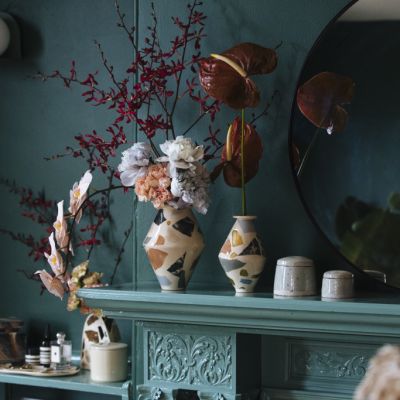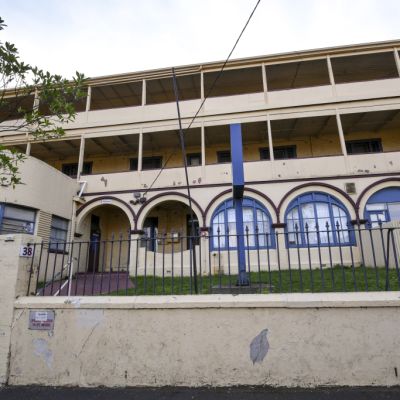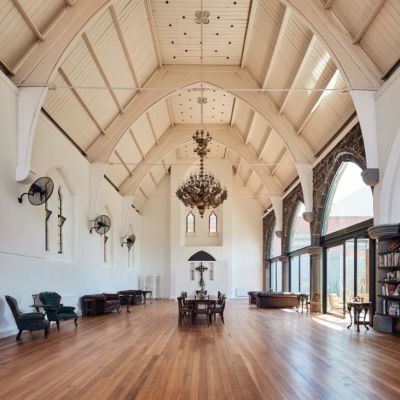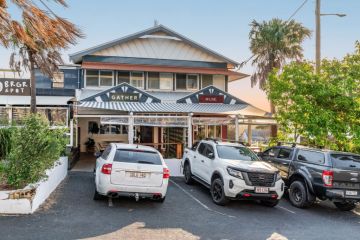The warning signs: Experts give their top tips on buying antiques
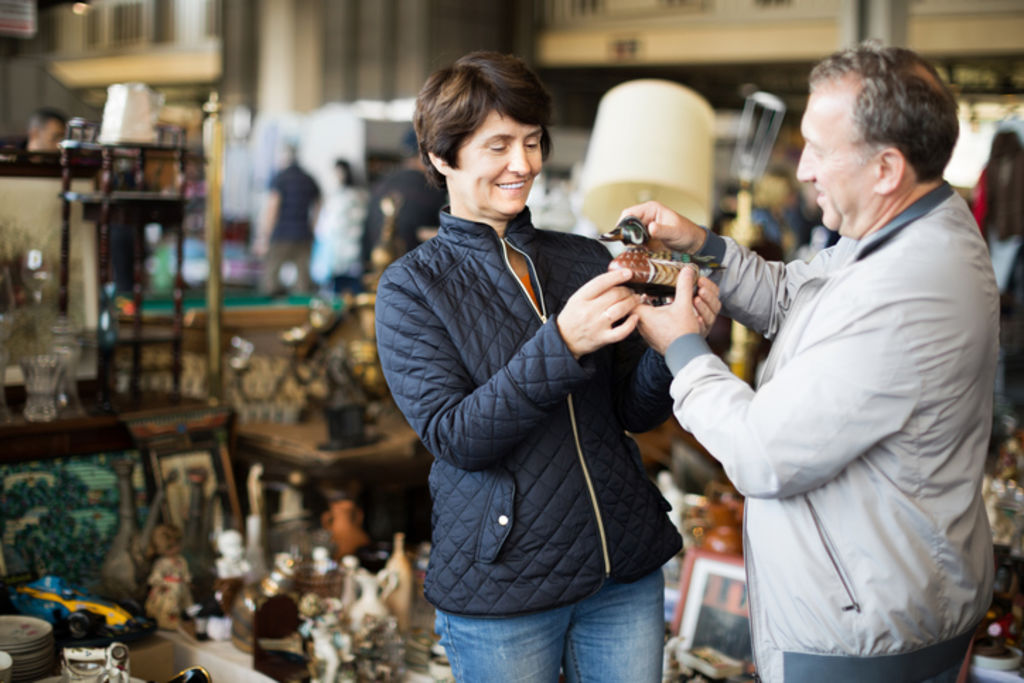
Whether you’re looking to create an all-out traditional look, or include an item that pays homage to the past in a new home, antiques add impact.
The key is finding that certain piece. Two experts in the field give their advice: Ross Millar, one of Cordy’s fine art and antique auctioneers and appraisers, and Peter Wedd, of Peter Wedd Antiques.
Where do you start when looking to buy antiques?
Millar: Buy what you love, but buy sensibly as well. Quality will always stand the test of time. Trends come and go but buying antiques or any second-hand piece can introduce different layers into a home.
How can you tell if it’s a fake?
Millar: Advice. Seek it out, find a trustworthy advisor. Knowledge is available in person and online nowadays. If you are looking at an item that could possibly be faked, or may have been faked do some due diligence, particularly if it’s expensive.
Wedd: A particular area where fakes abound is Chinese ceramics and works of art. Some of these are very good.
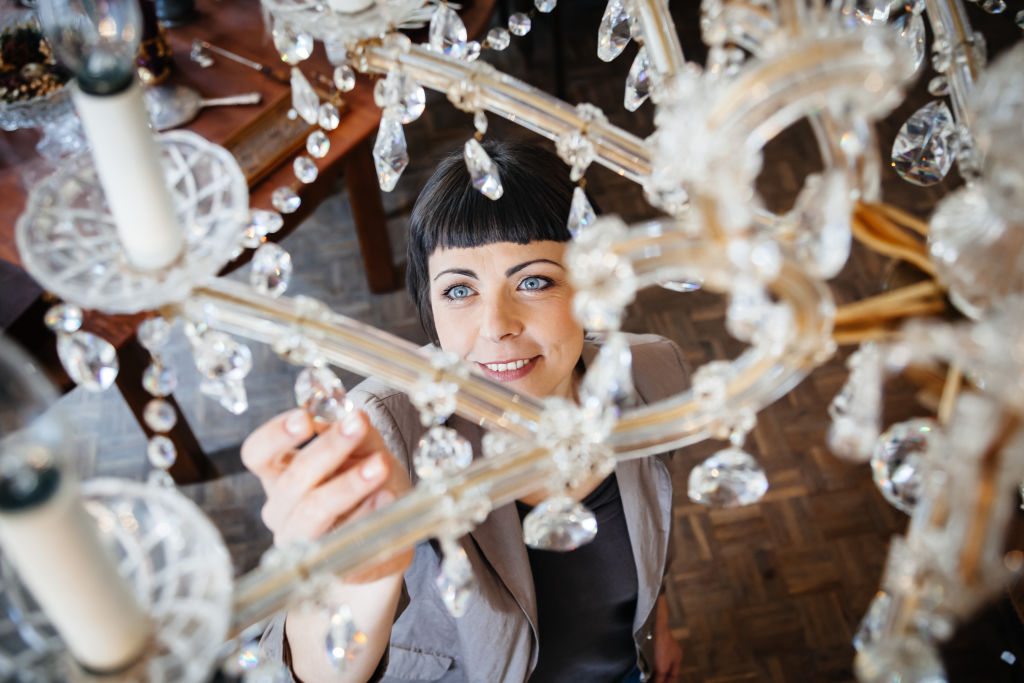
What about condition issues? What are some warning signs?
Millar: On some pieces, condition issues become desirable – if they are patina, wear commensurate with age is desirable on a piece of furniture; on a piece of sterling silver that patination may have taken generations to achieve; on a piece of western fine porcelain, however, surface rubbing or any damage is most undesirable; alternatively on an early oriental piece you want to see minute, almost invisible signs of handling that indicate age to differentiate it from the multitude of copies.
Wedd: If it’s a feel of real antiquity you’re after then damage is OK. Cracks and chips are acceptable on country earthenware, less so on fine porcelain and a no-no on glass.
What are your thoughts on buying online?
Millar: The world is your oyster. Whereas once buying was constrained to the local antique shop, now you can seek out your dream piece from anywhere in the world. But beware of what you are buying. Can you see all the details to establish that the piece matches your expectations?
Once upon a time a dealer might present something as uncommon, scarce, rare or even unique and price accordingly. Nowadays with a bit of time, anyone can check out those assertions and make a much more considered opinion as to value.

Wedd: A relationship built up with the dealer over time helps. To make your online experience safer, ask lots of questions with regard to authenticity, condition, cost of postage and packaging and the return policy.
Antiques are expensive. Where can you find a bargain?
Millar: Everywhere. Antiques have never been cheaper. Furniture is at giveaway prices in many instances. Because less people are decorating with antique furniture, demand reflects in low prices. China and porcelain are bargains.
Because the general trend in decorating is contemporary styling, there are great buying opportunities everywhere.
Wedd: Get to know your subject and the associated price structure. Charity shops are an obvious place to look but tenacity is required. For all the miles you put in when “the sleeper” surfaces you’ll feel like you earned it.
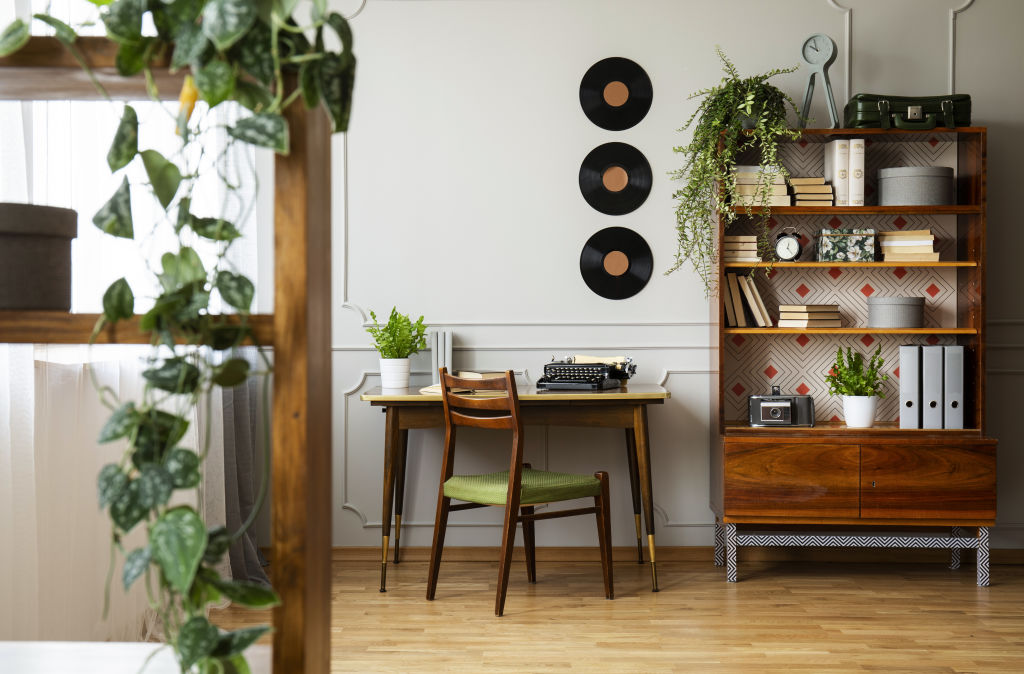
How do you know if you’re dealing with a reputable dealer?
Millar: Reputation is invaluable. A good dealer may have longevity in the industry, or good feedback online. Whispers of problems soon surface in collector circles.
Wedd: Once established, a relationship with a dealer can prove rewarding. I have many clients who have wish lists. When something comes in that might fit the bill, they are the first to know.
What are your thoughts on restored antiques?
Millar: Restoration on furniture is acceptable and reinforces the fact that antiques are green – a Georgian chest of drawers, still doing its job after 250 years, is a fantastic thing for the planet.
Restoration to other materials can range from potentially good (on silver for example), necessary (on a piece of worn jewellery for example), desirable (on a rare porcelain piece), through to not worthwhile and detrimentally affecting desirability and value (on a more common piece of ceramic).
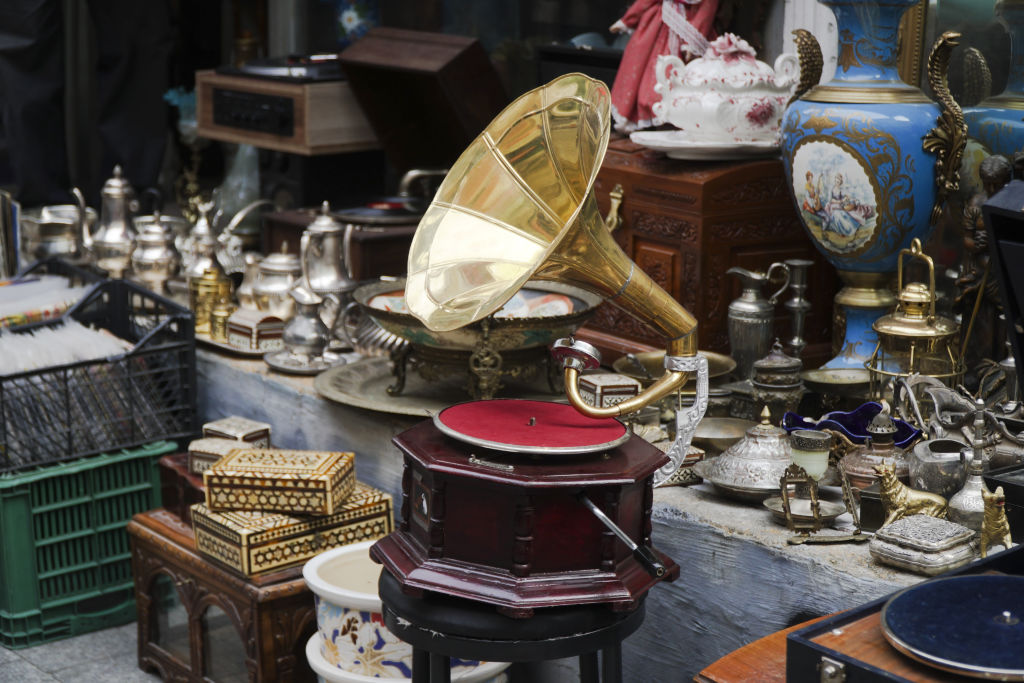
What’s popular at the moment?
Wedd: Chinese antiques, as befits the heft of an expanding civilisation. But fakes abound. And the market is becoming increasingly sophisticated.
European-designed pounamu is selling very well. For example, greenstone-handled cutlery, greenstone jewellery especially the heart pendants and hallmarked New Zealand silver and jewellery. Small antiques which can be slipped in the pocket such as snuff boxes, vinaigrettes and nutmeg graters.
How important is it to know the history behind the pieces?
Millar: Provenance is potentially one of the strongest influences on value. An interesting history attached to an object adds an additional layer, even more than an attractive patina – a story that can be recounted is desirable.
A pebble is just a little piece of rock worth nothing, but when that pebble comes from the top of Everest in Ed Hillary’s pocket and is sold with a letter to his brother that says, “look after mother if the worst should happen and I don’t make it back”, that nothing becomes $72,000!
This article originally appeared on stuff.co.nz
We recommend
We thought you might like
States
Capital Cities
Capital Cities - Rentals
Popular Areas
Allhomes
More
